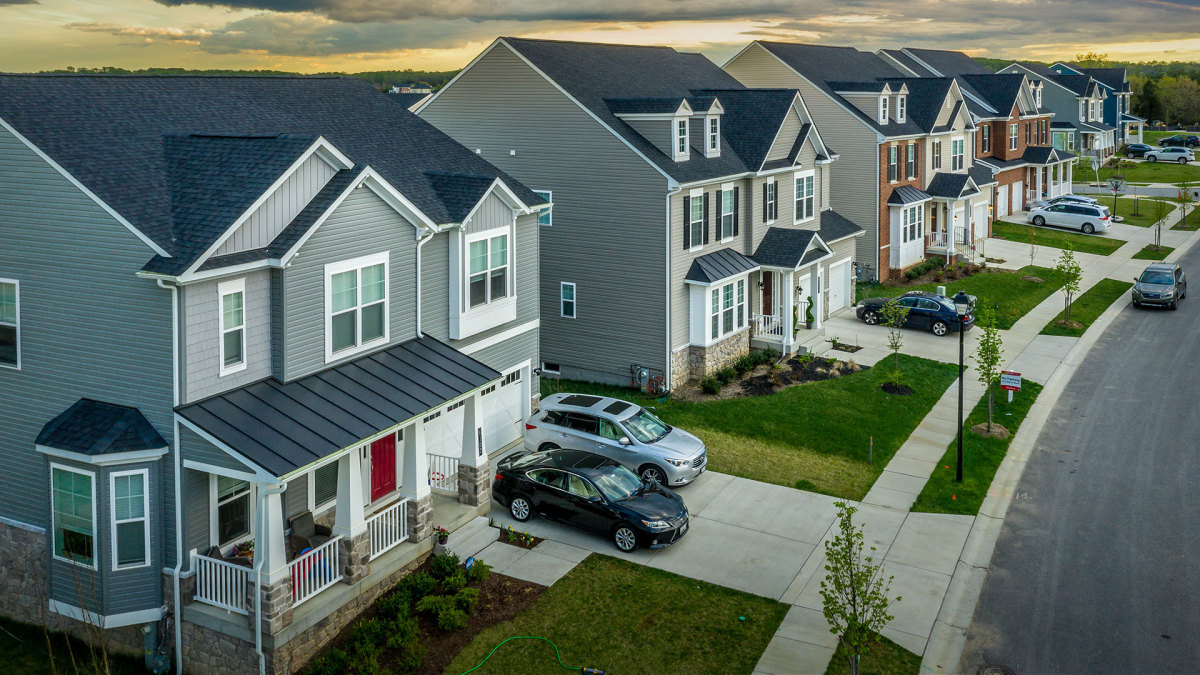
Mortgage rates dropped below 7% this week for the first time since August, making homes a bit more affordable.
The 30-year fixed mortgage rate averaged 6.95% Thursday, down from 7.03% a week ago, according to Freddie Mac. But the latest rate is still well above the year-ago rate of 6.31%. So it’s not like home payments have suddenly turned dirt-cheap. Still, it was the seventh straight weekly decline for the rate.
“Potential homebuyers received welcome news,” said Sam Khater, Freddie Mac’s chief economist. “Given inflation continues to decelerate and the Federal Reserve expects they will lower [interest rates] next year, we likely will see a gradual thawing of the housing market in the new year.”
Consumer prices rose 3.1% in the 12 months through November, decelerating from a 3.2% gain in October. As for interest rates, the median forecast of Fed officials, released Wednesday, is for 0.75 percentage point of rate reductions next year.
So what would you pay for a home with the new 6.95% mortgage rate? If it’s a $400,000 home and you fork over a 20% down payment ($80,000), your monthly mortgage and interest payment would total $2,118, according to Bankrate’s mortgage calculator.
Of course, on top of that, you would have property tax and homeowners insurance payments and possibly homeowners’ association payments.
Lofty Home Prices
In addition, home prices aren’t exactly sagging. The median existing-home sales price climbed 3.4% in October from a year ago to $391,800, a record high for the month, according to the National Association of Realtors (NAR).
A low supply of homes on the market also represents a problem for buyers. While the inventory of unsold existing homes expanded 1.8% in October from September, it still stood only at 1.15 million on Oct. 31.
That’s the equivalent of 3.6 months' supply at the current monthly sales pace. A supply-level below six months is considered to be a tight market.
“A decline [by mortgage rates] below the 7% threshold may trigger some additional demand among prospective home buyers,” Greg McBride, chief financial analyst at Bankrate.com, told Bloomberg.
“But it won’t move the needle on supply — at least not right away — so the frustrations about high home prices and limited selection will persist.”
Pick-Up in Activity
The NAR sees the housing market getting more active next year. It forecasts sales of 4.71 million existing homes in 2024, up 13.5% from 4.1 million anticipated for all of 2023.
"The demand for housing will recover from falling mortgage rates and rising income," said NAR Chief Economist Lawrence Yun. "In addition, housing inventory is expected to rise by around 30%, as more sellers begin to list after delaying selling over the past two years.”
Many sellers were deterred by the high mortgage costs that they would have to pay for a new house if they sold their old house.
So what should you do if you’re a renter who wants to buy? Keep in mind that economic growth is expected to slow next year, which would likely push home prices down, and interest rates are likely to decline. That means you might be able to get a much better deal on a home next year than now.







